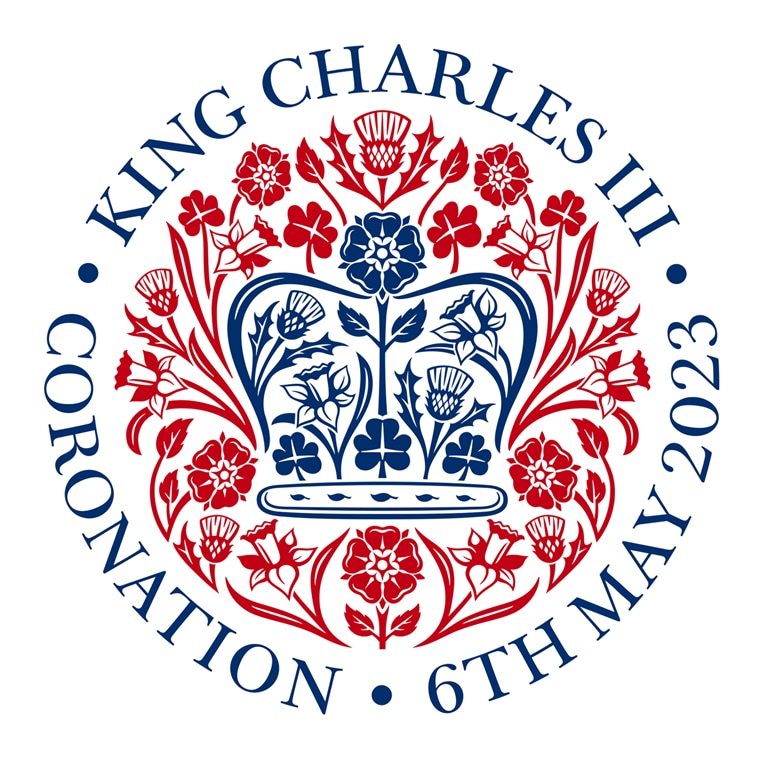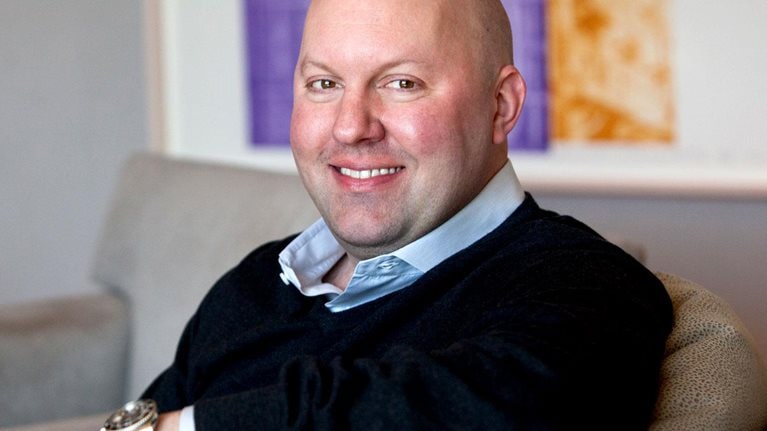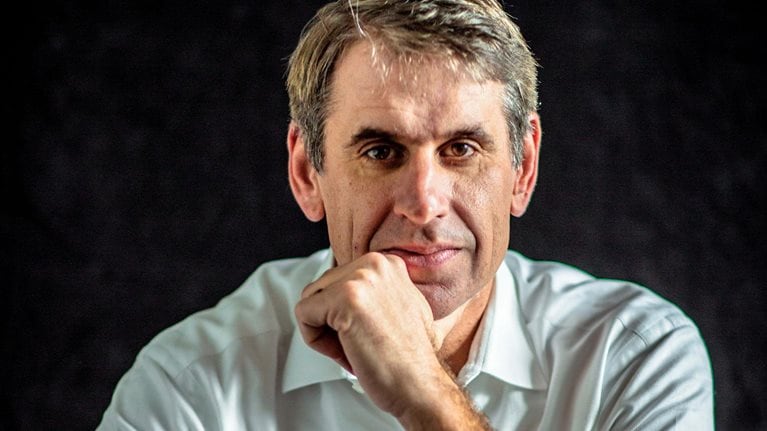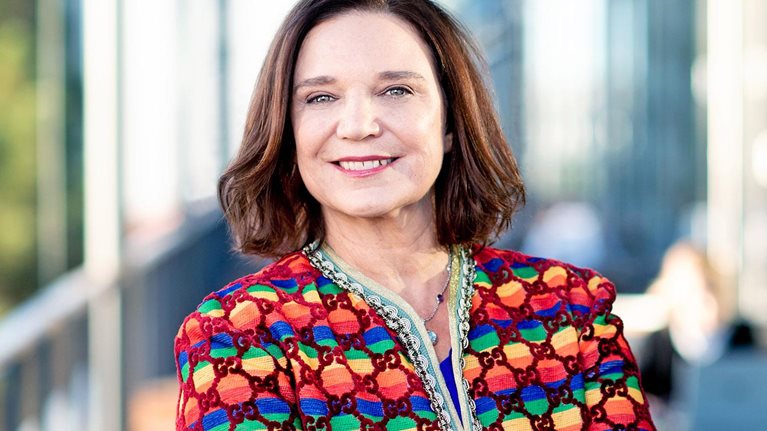In 2019, Jony Ive left Apple to cofound a creative agency, LoveFrom, with his friend and long-time collaborator Marc Newson. LoveFrom is a small collective, with some 40 employees, but it works with some very notable companies and people, including Airbnb, Ferrari, and the new King of England, Charles III. Ive is an obsessive student of what it takes to design and create great products and services in the context of a large corporation. In discussion with McKinsey chief marketing officer Tracy Francis and McKinsey Quarterly editorial director Rick Tetzeli, Ive went deep on what a CEO must do to foster great design, the fragility of new ideas, and how group dynamics both inhibit and propel creation. An edited version of their conversation follows.
Rick Tetzeli: What makes for a great relationship between the CEO and the head of design? What’s the potential for that relationship?
Jony Ive: I think this question actually asks big, important, profound questions: Why are you incorporated? Why are you gathered together, if not to make your products or services? I always thought that the idea of a company was a necessary evil to make an idea relevant, you know [laughs]? The products that we develop and bring to market require a collection of people with expertise in a whole range of different areas, and there’s a process for creating and developing products and solutions with such a group. Why, therefore, would a CEO not want to be intimately involved in that process?
Rick Tetzeli: So what can a CEO do to cultivate great design? As a lead designer, what do you need from a CEO?
Jony Ive: The most effective relationship you can have is when you work with somebody who has a practical—not academic—understanding of creating. On the LoveFrom website, we mention that we work with founders and leaders. Founders are creatives by definition—they had the idea behind a company.
To make that idea material and relevant, they need to work with a collection of people. But the nature of ideas and the creative process is so particular and unusual. It’s an activity that doesn’t naturally or easily sit within a large group of people.

Ive’s LoveFrom collective designed the Terra Carta Seal, which recognizes companies creating sustainable markets.
When you gather a large group of people, they generally want to be able to relate to one another and to be sociable. But any process that is unpredictable does not sit comfortably or naturally in a large group setting. So people come to value activities that are predictable.
This doesn’t mean that you would willfully want to undermine those activities that are predictable. But that is the nature of creating. And one of the things I realized is that when you’re trying to create in the context of a large group of people with a whole range of different expertise, people tend to want to gravitate to those attributes or characteristics of a product that you can measure easily. If you’re trying to relate to a group of very different people and you want to appear sociable and engaged and connected, it’s much easier to talk about something that you can measure with a number. That’s why we choose to talk about schedule or cost or speed or weight. Given our very different backgrounds, that’s a comfortable and easy conversation. I completely get it.
But there’s an insidious problem with that. There is a dangerous assumption that we’re having these conversations because they’re the only important ones. But the really important conversations and preoccupations and concerns are very hard. Because you can’t assign a system of numbers to make the relative judgments that need to be made.
I used to think that this kind of conversation was a personal attack, or an affront to the practice of creating, but I’ve come to learn, over the years, that it’s just a natural, very predictable consequence of having larger numbers of people gather together to talk about developing something.
There are lots of different coping mechanisms for dealing with that challenge. I found it enormously helpful to understand the natural dynamics that seem to occur when you gather a number of different people together to solve a problem.
Tracy Francis: You’ve spoken of founders. If we accept that it is important for the well-being of any company to innovate, can organizations that are not founder-led have the good design conversations that you’re describing?

Ive created this elegant emblem for the May 6, 2023, coronation of King Charles III.
Jony Ive: It has to start with the fact that there will be no progress unless there is an understanding about the nature of creating. And, you notice, I didn’t use the word design; I used the word creating.
Tracy Francis: You’re right. I narrowed it down too much. It’s creating, not just design. So, how do you approach the creative process with company leaders?
Jony Ive: Some of the most creative people I’ve worked with have been in engineering and in marketing, not just design. And some of the most dogmatic people I’ve met have been in marketing, design, and engineering [laughs]. The most important thing is that there is a true appetite to create—and with that, consequently, a motivation to really try to understand the nature of the process, to understand what curiosity looks like, and to understand what the impediments to creating can be.
For many people, the creative process can be an unfamiliar one. So people often try to institutionalize the process, as if, like many activities, you can just review it on a spreadsheet. They want to say, if we apply more people and you give us this amount of time, this is where we’ll end up. Now, there is a bunch of engineering activity that’s like that. In software, for instance, when you’re trying to fix bugs, there can be some quite predictable parts of the process.
In general, however, I think there has to be acceptance and engagement with the fact that the creative process is fabulously unpredictable. A great idea cannot be predicted.
You can increase the probability of having a good idea, which is the reason I pay so much attention to the creative process. It’s also partly for my sanity, to deal with that feeling of, “Oh, I’m here again, and I’m staring at a blank piece of paper.” I take enormous encouragement, and massive solace, in reminding myself how many times I’ve been in this position, where I feel that there are no ideas and I feel horribly stuck, and I keenly feel the burden and responsibility of the people that are waiting.
I take enormous encouragement, and massive solace, in reminding myself how many times I’ve been in this position, where I feel that there are no ideas and I feel horribly stuck.
Some design leaders deal with this by becoming slightly disconnected. That’s one way of dealing with the impasse and all that sense of accountability and responsibility. For me, I’ve personally coped with it by paying huge attention to the process, to the biography of an idea, to the tools that seem to make a difference. Ever since college, I’ve been obsessed with how we think, how to give body to a thought.
You’ll often find creatives are obsessed with process and tools. A primary tool for me is that I write an awful lot. I write because I realized at art school that you can only draw a small percentage of the attributes of an object. You know, if I were to draw this [holds up a glass], you would understand only 20 percent of its nature. You would have no sense of its weight or material or temperature. You would have no sense of the way that it reacted to its environment. Writing helps me frame the problem. A lot of mistakes are made when you frame a problem, because you could already be dismissing 60 percent, 70 percent of the potential ideas.
It can be practical and intimate only if there is an understanding about the nature of the process.
Rick Tetzeli: What do you mean by “the biography of an idea”?
Jony Ive: If you’re terrified that you’re never going to have another idea, it makes you think, How did I have previous ideas? So you pay attention to the conversations, the walks, the writing, the drawing, the models, the prototypes—all that helped you before.
I find the nature of creating both terrifying and wonderful. And I am the luckiest guy in the world to be able to participate in that process with others. I love the idea that there is, on one day, no idea. On Tuesday, there’s no idea. But on Thursday, there’s an idea. And the terrifying thing is, which Thursday?
My experience has been that an idea starts life as a tentative thought that tends to grow from something that you’re thinking into a conversation. It turns into a conversation, and then there’s the writing. The idea is so fragile. If you understand the nature of ideas, all that you know with any absolute certainty—and this is a really bizarre, important point, which goes back to what I was saying before about people in large groups needing absolutes—is that when you have an idea, there are no absolutes except all the problems that the idea implicates. Of the latent potential of the idea, there’s nothing of any certainty. But where there is lots of certainty is, “Well, you can’t do that because of this. I will show you proof that you can’t do that.”
The difference between an idea and a product is that you’ve solved the problems. When someone says to me, “Well, you can’t do this for these reasons,” all it means is that there are problems to be solved. If they can be solved, the idea transitions into becoming a thing. If they can’t, it remains an idea.
You can see my obsession here. It’s an obsession born out of struggle and of taking the responsibility really seriously. Rather than trying to just disappear into a design studio and sort of disconnect, I really try to understand what the challenges are in terms of a creative practice in the context of a large, extended group of people.
Tracy Francis: You have worked with a lot of institutions that have extraordinary heritages. How do their long histories affect your creative process?
Jony Ive: You know, I am hopelessly practical. Right now, I am extraordinarily fortunate to collaborate with two extraordinary individuals, Brian Chesky and John Elkann. Brian heads Airbnb, and John heads Exor, the Agnelli family’s company, as well as Ferrari—two companies with very different histories, with very different places in society and culture.
Brian trained as a designer. He went to the Rhode Island School of Design. John didn’t train as a designer and has responsibilities far broader than Ferrari. But John is an incredibly creative, thoughtful person, who approaches the challenges and questions of business in the same creative, thoughtful, curious way it takes to create and design a Ferrari.
Whether a company has a huge history or a short one, I just see that as one of many design considerations. I’m far more interested in, and far more affected by, the approach of the leader. I love working with people who are curious. I can work very closely and very effectively with anyone who’s curious.
I love working with people who are curious. I can work very closely and very effectively with anyone who’s curious.
One of the benefits of working closely with a large number of people who are curious is that you learn as a community. There’s this incredible power when you discover and learn together. At the end of a group project, I look at two things: I look at what we made, but far more important, I look at what we learned. If you’re not just going in and out, if you’ve really committed to a relationship, what we’ve learned is obviously far, far more important.
During COVID-19, I really became aware of how important momentum is and all the things that feed momentum. People who entered that period of lockdown and relative isolation with momentum had a far easier time than those people who didn’t enjoy the benefit of momentum. It made me very aware of what helps create momentum from a creative point of view. Learning is really important. If you’re not curious, if being right is more important than learning, you’re going to have a very hard time building and maintaining any sort of momentum.
Rick Tetzeli: So even at a time when talent is highly mobile and there’s a lot of disruption, continuity is crucial.
Jony Ive: Yes. It’s a real privilege if you get to design or address a problem as a group and then go back and do it again with the benefit of what you learned the first time. I always felt very fortunate at Apple when we got to design the third or fourth version. Because if you’re paying attention, the third or fourth one is the beneficiary of an awful lot of learning.
Tracy Francis: Are there any recent evolutions or changes that have reshaped the way you think about the creative process?
Jony Ive: Honestly, when trying to think about ways that I can be of service and solve problems that will be problems in the future, I find myself always looking to the past. I pay most attention to the creative process and the path and journeys of ideas. I’m really more broadly interested in history.
There’s one thing that I find really curious. I don’t know if it’s part of the human condition, but I am always astonished by how quickly we, as a culture, as a society, get to this point where we sort of assume that a product or service was inevitable.
I am always astonished by how quickly we, as a culture, as a society, get to this point where we sort of assume that a product or service was inevitable.
I care enormously about that, as somebody involved in the process. I care about that because it makes people less thoughtful about what it took to get there. Now, I’m not sure whether it’s reasonable to expect that we pay a bit more attention [to the past]. You know, it wasn’t that long ago that we were sending faxes to each other. But what paying attention to the past does is it gives you a really valuable context for you to understand what you’re doing. That context for ideas is very important—particularly as the tools that we are working with now are so incredibly powerful.
Tracy Francis: One last question. You have worked on products like the iPod and iPhone that completely reinvented a broad set of systems. Are you always reimagining the entire system, challenging its underlying assumptions? Is there a way you think about reimagining whole systems?
Jony Ive: I really don’t. I just start with people, and I’m very clear about my place and my contribution. I like this idea that what I do is in service to humanity, to culture, to people. It’s a place I find very comfortable. Our motivation is not only what defines us in terms of our values but also our fuel for what we do. I can’t think of a more profoundly powerful fuel than realizing that what I’m doing is for other people, not for myself.
Sometimes the idea implicates or requires innovation that’s broader than the product, as in a system. But other times, it doesn’t. It’s very specific to the task. All I care about is trying to honor the species, trying to make things better. That’s what I care about. That’s something you cannot measure with a number, and you certainly can’t measure it with sales. It’s a really tough one to apply a metric to. But it’s very clear in my own head.


